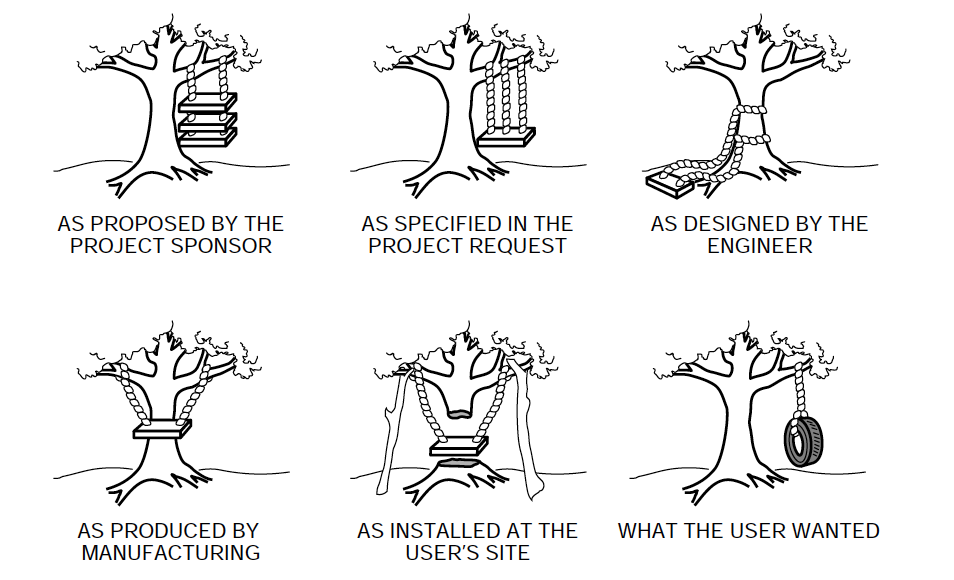We can talk all day about different project management styles and why they’re successful, but just as important as it is to analyze success stories, it’s just as, if not more, important to recognize major managerial failures to learn from what went wrong. As chapter 2.8 says in the textbook: Some people contend that the only true project failures are the ones from which nothing is learned.
Fallout 76 is the most recent installment of the Fallout video game series. It was marketed as one of the biggest projects to be released by Bethesda Softworks, a gaming company most known for the Fallout and Elder Scrolls series. These games are known for intricate and detailed storylines and large-scale interactive world maps.
However, this launch was a perfect example of how not to manage development time or any subsequent backlash from any issues that arise.
Late in 2018, the game is launched and immediately the problems arise. The first being that there was close to a 50GB bug patch the same day as launch. This was ineffective to many of the prominent bugs still around. Player’s maps were glitching, the enemies would be invisible or there would be too many spawned, players would fall under the map, servers would crash if a player does an action one too many times, and the list goes on. It was known to occasionally give a Windows error that required the user to re-install the game and console OS after corrupting the data. There were also a few reports of PC users’ computers bricking.

On top of those issues, players who had purchased a special edition, the “Power Armor” edition, were promised to receive a high-quality canvas bag, a replica to one that is in the game. These canvas bags were made, but only given to media influencers for review. Everybody else received a thin, cheap nylon version. Naturally people were upset, and the word ‘canvas’ was changed to ‘nylon’ on their website only after the backlash had begun. Bethesda’s support team offered everybody a balance of 500 atoms, which is the in-game currency, equivalent to about $5.00. This added insult to injury because 700 atoms were required to purchase the in-game skin that actually had the canvas tote bag.
Bethesda had also set up a support page, where users who bought the “Power Armor” edition could submit a ticket for a replacement bag. Not soon after that was announced, there became a glitch in their system. This glitch leaked personal data including emails, addresses and even credit card info, as well as let other users open and close others’ tickets at will. In short, people were doxed while trying to resolve a situation that Bethesda created.

I’m highlighting this story because this ties in with many topics our textbook talks about. Chapter 2.11 talks about the Many Faces of Failure, which I believe this project’s launch had hit many. A major one being of poor risk management with customer expectations (a game 4x better than the last) vs. the actual performance of the job (bugs, not keeping promises, doxxing). Chapter 5.14 states: When a breakdown in communications occurs, disaster follows (see diagram above). With better risk management and company accountability, the negative impact towards Fallout 76 during its launch could potentially have been minimized.
0 Comments